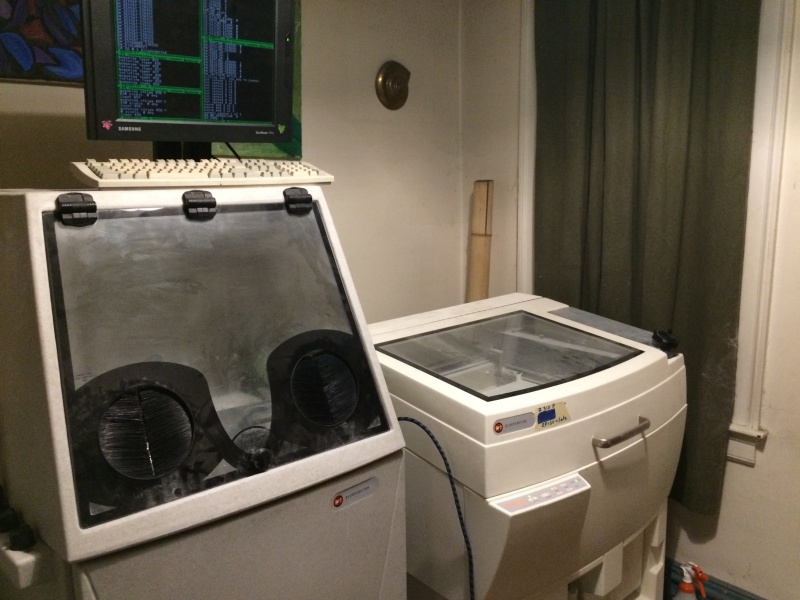
This week we proposed the idea of buying used 3D printers instead of new, but how can you keep them running?
The idea of buying used equipment could be a massive cost saver for many companies. Certainly new equipment is always available, but often the new equipment’s features, such as different materials or somewhat faster print speeds, may not be applicable to everyone.
There are likely a great many businesses that simply need basic 3D printed prototypes and the functionality of older machines is quite suitable for them. For companies in this position, buying used equipment is a terrific approach.
But one of the downsides is to keep these machines running.
There are two problems: one is the ability to acquire spare parts with which to make repairs, and the other is to have the skill and time to perform that work.
In a normal situation, such maintenance work is provided by the manufacturer, usually under a service agreement of some kind.
But as time passes, the manufacturer wishes to focus their energy on newer products and will eventually drop support options for older gear. They will no doubt provide a great deal of notice of support termination, and more than likely also information on how you can upgrade to the latest and greatest machine from their product shelf.
It’s a subtle way of encouraging machine sales.
You could take the plunge and go off support, but how do you maintain the machine?
One way is to maintain the machine yourself. If you have technically inclined staff able to take on the challenge, and there’s an online community to receive advice from, you might be able to succeed. One example of such online information is a Wiki suggested by Fabbaloo commenter Jason McMullan, who has put together a “self-support page for the Z310+” an older ZPrinter unit. Through such information one can have a reasonable chance at keeping things going.
However, there is the problem of obtaining spare parts. Even if you know HOW to fix the machine, it may be moot unless you have good parts to replace broken ones.
This again is where you can dip into the used market. You might find expired machines for sale at rock-bottom prices because they no longer work. But they may include a number of very useful parts not obtainable from the manufacturer.
Another approach for support is to contract it out to a third party. Believe it or not, there are multiple organizations independent of the manufacturers who offer paid support plans for a variety of industrial equipment, including 3D printers. Sometimes these companies were formed by people who formerly worked for the actual manufacturer but decided they could do a better job on their own. Thus in many cases, you’d be getting the same type of support you would from the manufacturer.
One example of a third party support organization, suggested by Fabbaloo commenter Dan Davis, is his RP Support Asia operation, a regional organization based in Hong Kong dedicated to providing service on a selection of SLA machines. Other services may provide service on other kinds of machines.
Services like this will have not only the skills to do the work, but will also (if they’re good) retain an inventory of spare parts. They may be the ones buying up expired machines to create such an inventory.
Buying a used machine and worried about it breaking? Don’t be!

